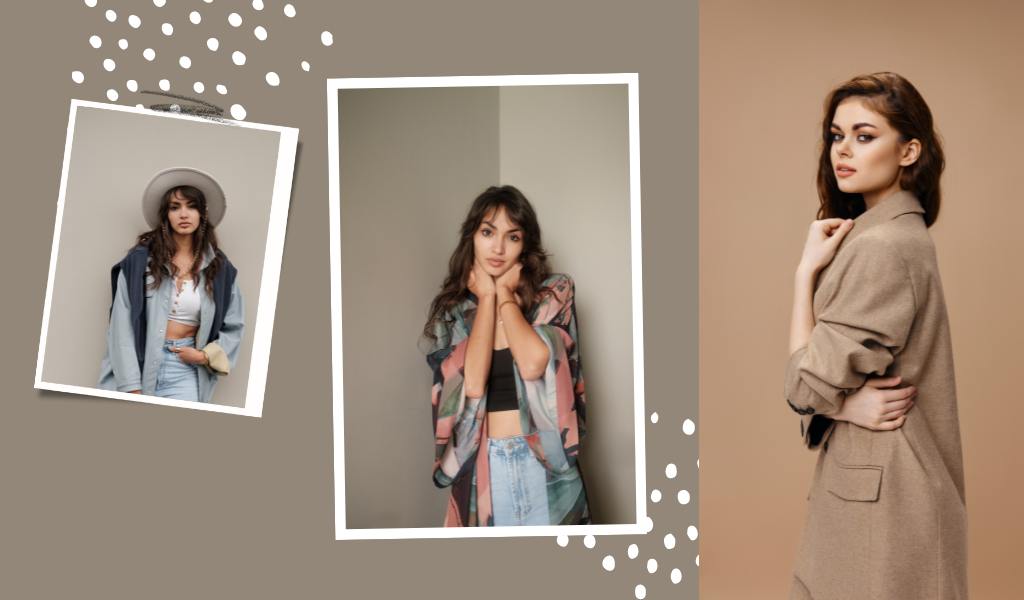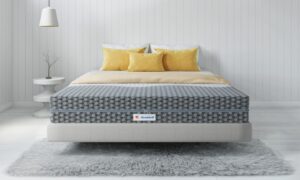There’s an assumption that to be fashionable, and you need a massive wardrobe with hundreds of unique pieces and accessories. However, you can get by with a lot less. And in many cases, owning fewer clothes has distinct advantages.
The Case for Owning Fewer Clothes
For most people reading this article, owning fewer clothes is a choice. Here are some reasons why you might want to consider going this route:
- Environmental concerns: Regarding pollution, the fashion industry is one of the dirtiest industries in the world. While it’s certainly a very small part, owning fewer clothes can help reduce your carbon footprint. (If nothing else, it gives you a clearer conscience.)
- Cost savings: Owning fewer clothes can save money on clothing purchases and storage. Even $100 less per month on clothing can amount to $6,000 in savings over five years. That’s a pretty significant amount.
- Simplicity: Owning fewer clothes can help simplify your life and reduce decision fatigue. You have no more wasted time in your closet trying on different outfits. It becomes easier to throw something on and know it’ll be comfortable and stylish.
- Minimalism: Some people embrace minimalism as a way of life and choose to own fewer possessions, including clothes, to live more simply and focus on what’s important to them. Minimalism habits like this can extend over to your wardrobe.
- Style: Owning fewer, higher-quality clothes can allow you to create a more cohesive and intentional wardrobe. It also allows you to invest in better pieces. For example, rather than owning 25 pairs of cheap shoes, you can own ten pairs of durable, high-quality shoes that will last for years.
Tips for Making Your Wardrobe More Versatile
Owning fewer clothing and accessories might seem the exact opposite of what you want to do. However, it’s not nearly as restrictive as you might think. It’s all about the types of items you prioritize when shopping. Here are some ideas:
Take Inventory of What You Own
If you want a versatile wardrobe with fewer items, it starts with knowing what you have. It’s almost impossible to go any further without taking inventory.
“If you approach outfit planning and purchases strategically, you’re more likely to have a wearable collection of clothes that can be worked back with multiple pieces,” fashion blogger Kate Waterhouse says. “If you just buy things on a whim, you may end up with a beautiful red top with absolutely nothing in your closet, and you’re then forced to purchase something else to go with it.”
Taking a written inventory of what you have in a spreadsheet is helpful. It allows you to go back and see an overview of everything you own.
Declutter What You Don’t Need
Once you’ve taken inventory, go through and organize every single item you own. It includes every sock, scarf, blouse, and pair of shoes. As you touch each item, put it into three piles: keep, sell, donate/give away. Only keep items that you’ve worn within the past 12 months.
Choose Neutrals
The easiest way to have a versatile wardrobe is to opt for neutral colours, such as whites, grays, blacks, beiges, etc. All these colours can go together, making every part of your wardrobe interchangeable. (This isn’t to say you can’t have any colour, but for this to work, the bulk of your wardrobe should consist of neutrals.)
Invest in Quality Footwear
Shoes, shoes, shoes. While we would all love to have more shoes, the reality is that you only need a few pairs to get by. (Assuming you have the right pairs.)
For example, a quality pair of leather boots can be worn multiple times. Whether you’re walking trails, going out to a casual dinner, or just running errands around town, leather boots are always in style.
Give Your Wardrobe an Overhaul
Don’t confuse the size of your wardrobe with how stylish you are. Some of the most fashionable people around are the ones who understand how to invest in quality over quantity. Let this article serve as a starting point for changing around your wardrobe.

















